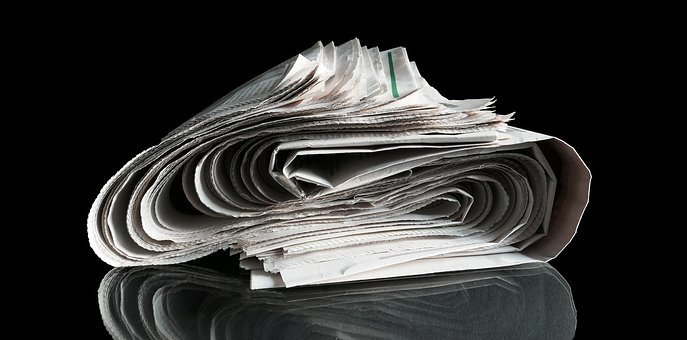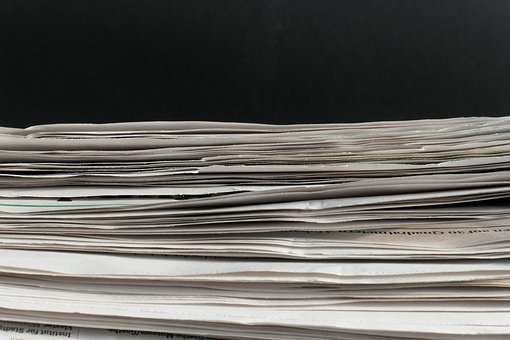The Important Elements of Feature: Journalism |
In general, journalistic works can be divided into three:
Straight / spot News - contains important material that must be reported to the public immediately (often also called breaking news)
News Feature - utilizing important material on spot news, generally by providing the human element behind a warm event that occurs or by providing background (context and perspective) through interpretation.
Feature - aims to entertain through the use of interesting but not always important material. In the increasingly fierce media competition not only between print media but also between print media and television, straight / spot news is often not very satisfying.
Spot news tends to be only a day old and then discarded, or even a few hours on television. Spot news also tends to emphasize just the elementary elements in the news, but forget the background.
We need more news than that to be able to compete. We need a news feature - a marriage between spot news and features.
In principle, it is no different from reporting on news and features. The elements needed remain the same. The ability to interview must still exist, even though in practice more skills are needed to observe the object of writing.
However, there are some important things to note:
1. Creativity
Different from ordinary news writing, feature writing allows reporters to "create" a story. Although it is still bound by ethics that writing must be accurate - fiction and delusion should not - reporters can find features in their minds, then after conducting research on the idea, he wrote.
2. Subjectivity
Some features are written in the form of "me", allowing reporters to enter their own emotions and thoughts. Although many reporters, who are educated in objective re-porting, only use this technique when there is no other choice, the results are easy to read.
Farid Gaban, a journalist training instructor reminded young reporters to be aware of such methods. A common mistake for new reporters is a tendency to accentuate yourself by passing writing in the "style of me". Most seasoned reporters use these guidelines: "If you are not the main character, don't mention you in your writing."
3. Informative
Features, which lack news value, can provide information to the public about situations or aspects of life that might be ignored in writing regular news in the newspaper. For example about a museum or zoo that is threatened to close.
The informative aspect of feature writing can also be in other forms. There are a lot of features that are just lightly, but if it is in the hands of a good writer, feature can be a powerful tool. Features can tickle human hearts to create constructive change.
4. Entertaining
In the past 20 years, features have become an important tool for newspapers to compete with the electronic media.
Newspaper reporters admit that they will not be able to "beat" radio and television journalists to reach the public first. The reporters of radio and TV can air big stories in just minutes after they find out. Meanwhile the newspaper reporter realized that it was only a few hours after the incident, that the reader could only know something about it - after the newspaper had been delivered.
Daily journalists, let alone magazines, can defeat their rivals, radio and TV, with exclusive stories. But it can also create an in-depth version of the story that the reader hears on the radio.
With a benchmark like this in his mind, reporters are always looking for features, on the hottest news. Feature stories are usually exclusive, so there is no chance of being defeated by radio and TV or other newspapers.
Features provide variations on routine news such as killings, scandals, disasters and disagreements that always adorn the news columns, features can make readers laugh.
A reporter can write a "colorful story" to capture the feelings and atmosphere of an event. In each case, the main goal is how to entertain the reader and give him new and fresh things.
5. Durable
In the midst of such rapid media competition, journalists must be keen to see the topic to be raised to write features. Sometimes it's a good issue for news, but it won't last long for writing features. Topics related to human interest are generally more durable and interesting.
An in-depth feature requires considerable time. The profile of a police chief may only be obtained after an interview with his coworkers, family, enemies, and the police chief himself. It also takes time to observe the nature, the reaction to certain officers' circumstances.
In short, in contrast to news, feature writing places greater emphasis on important facts - facts that might stimulate emotions (entertaining, eliciting empathy, while still leaving no informative elements). Because of the convention, feature writing is often called the story of human interest or a colorful story.[]


